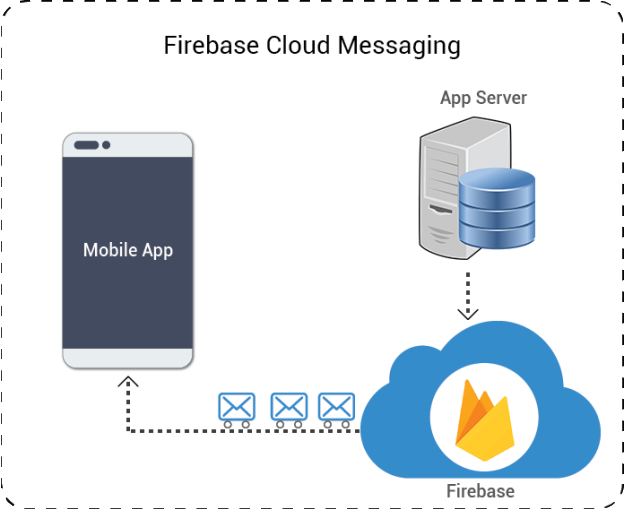

A Firebase project can contain any number of Android and iOS apps, which appear on the project's home screen. Firebase appĪn app created within a Firebase project. After creation, it appears as a card here. These can be applied alongside some configurations in the Firebase Console.īut before I discuss these configurations, let's get some terminology settled! Here are some terms we'll use: Terminology Firebase projectĪ project created from the top level of the Firebase Console. For Android app builds, the preferred path is to take advantage of some configuration features of the Android Gradle plugin.

So, let’s explore some ways to configure your project to best handle these cases. On top of that, as your team grows and your app becomes more complex, you may want to separate each team member’s working space into separate sandboxes so that their work won’t collide with each other. Also, it's not useful to see crashes from moment-to-moment development interleaved with those from our publicly released versions. We'd all like our analytics to reflect only the actual usage of the app (as opposed to artificial usage during development). The most common question goes something like this: "How do I keep my everyday development data separate from my release data?" We’re happy to see many developers experimenting with Firebase! Some of you have been transitioning your experiments to production, and that’s raised some questions about how to manage the builds of your Android projects.


 0 kommentar(er)
0 kommentar(er)
